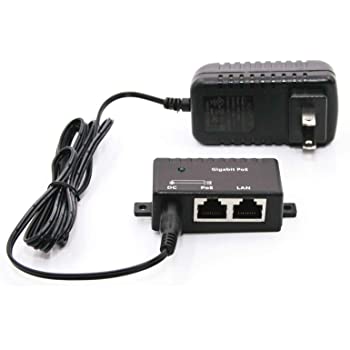Whenever you buy network-related equipment, such as a VoIP phone, WiFi radio, wireless access point or IP CCTV camera, you may often find the PoE feature aka Power over Ethernet. However, do you really understand the use of this feature?
In simple terms, a device that supports the Power over Ethernet feature means that it can get its power source only from a network cable or ethernet cable. Then, you will only need one cable to transfer data and power to your device. This makes the installation of your device much simpler. With this feature, there are several conveniences that you will get if you choose to use a device that supports this feature:
Table of Contents
Save installation time and cost
By using a device that supports Power over Ethernet, you don’t need to install a power cable first, which takes a lot of money and installation time. You only need to set up a network cable that does not require special technicians to install
Your device becomes more flexible
Because Power over Ethernet does not require a power outlet as a power source, devices such as VoIP telephones, CCTV cameras and wireless access points can be installed anywhere you need these devices without having to think about whether there is a socket in that place or not. If at any time you need to move it to another location, you don’t need to think about the presence or absence of an outlet in that location.
More secure security
Devices that support Power over Ethernet are devices with modern technology, which are usually designed with protection capabilities to protect your device from power source errors such as voltage overload that can cause a short circuit or lack of power that can damage your device.
You already know PoE, but do you already know that there are not many types of PoE yet? let’s discuss it! PoE or Power over Ethernet is a network technology that allows an ethernet cable to be energized. So that data traffic and electricity can run on one ethernet cable, usually found in switch devices for connection needs and power source access points.
As technology develops, PoE is divided into 3 types, namely: PoE, PoE + and UPoE or commonly known as PoE ++. The difference is in the maximum number of power issued, the maximum PoE power issued is 15.4 watts, while PoE + is 30 watts and UPoE is 60 watts.
Especially for Power over Ethernet, UPoE is not a standard PoE technology issued by the IEEE, but rather a technology created by Cisco. By combining two PoE + into one port, so that the maximum power output reaches 60 watts.
Well, now you know that there are many types of PoE, don’t forget to share this info if you find it useful.
If you interested, you can contact us directly here.
![]()


